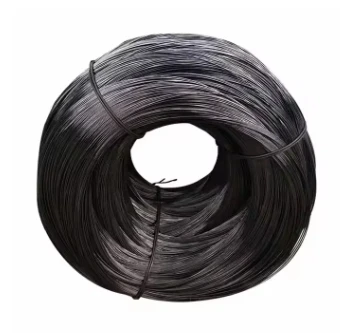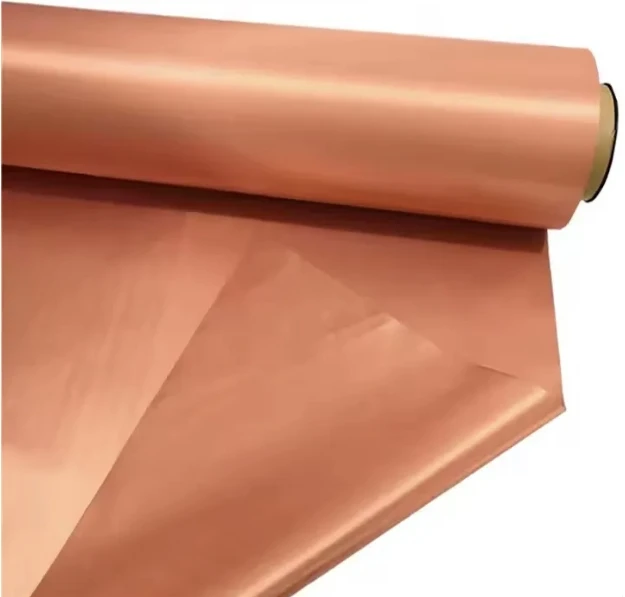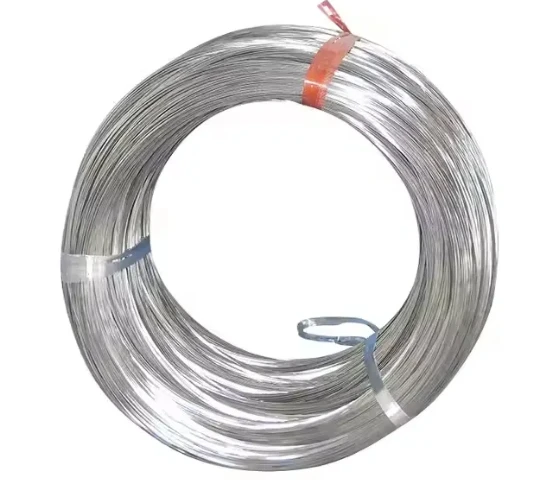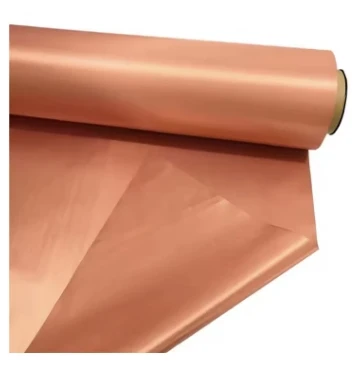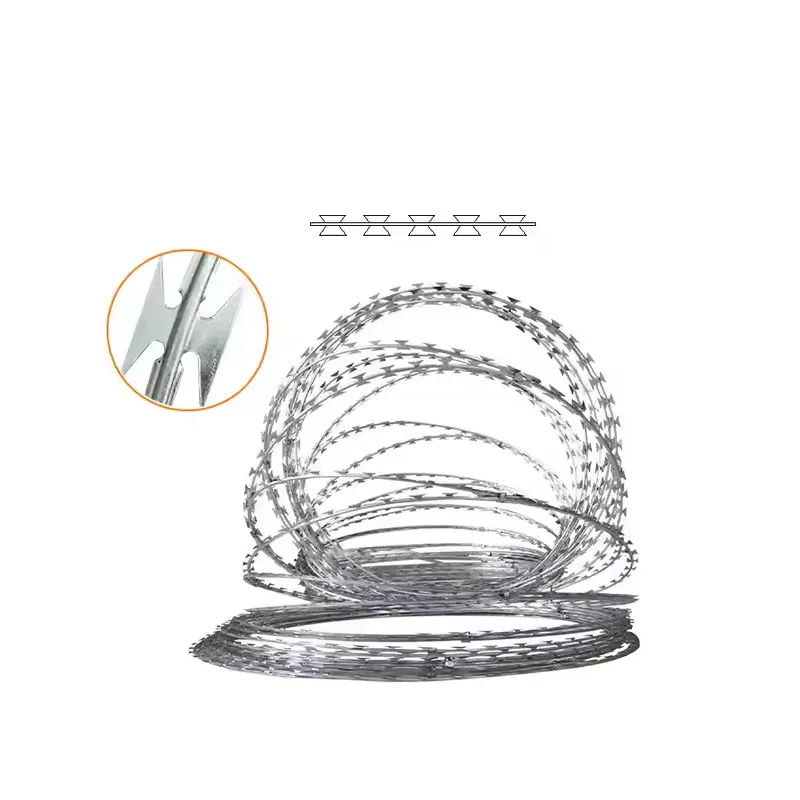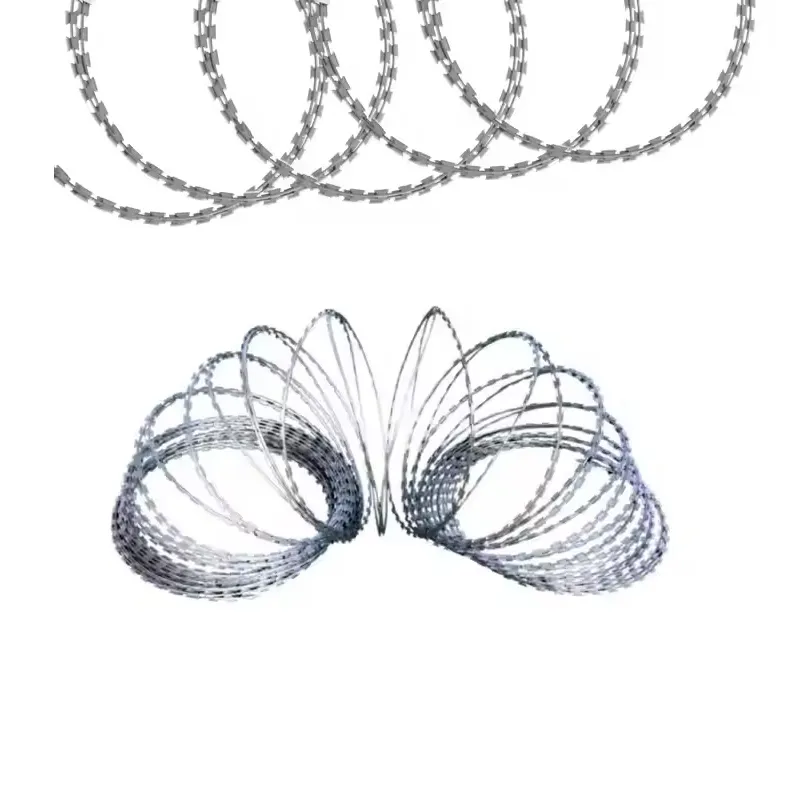MZP Low Visibility Barriers: The Future of Discreet Urban Security and Design Integration
May . 27, 2025 14:16
As cities worldwide grapple with balancing safety and aesthetics, MZP Security Solutions has unveiled its revolutionary Low Visibility Barriers, a cutting-edge system designed to seamlessly integrate robust perimeter protection into modern urban landscapes. Combining military-grade durability with an unobtrusive design, this innovation redefines how public spaces, critical infrastructure, and heritage sites address security challenges without compromising visual harmony.
The Urban Security Dilemma
Traditional security barriers—chain-link fences, concrete bollards, or steel gates—often clash with architectural aesthetics, drawing criticism for their industrial appearance and spatial intrusiveness. In historic districts, parks, or smart city developments, such solutions risk alienating communities or disrupting functionality. MZP’ s Low Visibility Barriers tackle this dilemma head-on, offering a discreet yet impenetrable defense system that “disappears” into its surroundings.
“Modern security must be invisible but invincible, “ said Clara Hartmann, MZP’ s Head of Urban Design. “Our barriers are engineered to protect without becoming eyesores, blending into glass facades, green spaces, or cultural landmarks.”
Engineering Excellence: How It Works
The system’ s core lies in a patented composite material: a high-tensile, polymer-coated steel mesh embedded with micro-perforations. This design achieves optical transparency while maintaining structural rigidity. Key innovations include:
OptiCamouflage Coating: A light-absorbing surface treatment that mimics surrounding colors and textures, reducing visibility beyond 10 meters.
Modular Flexibility: Interlocking panels (1.5m x 3m) enable rapid deployment across uneven terrains, with optional curved configurations for organic landscapes.
Smart Sensor Integration: IoT-enabled vibration sensors (optional) detect intrusion attempts, triggering silent alarms linked to security networks.
Third-party tests by the Global Infrastructure Safety Council confirm the barriers withstand forces up to 75 kN/m²—equivalent to a 2.5-ton vehicle impact—while maintaining a transparency rate of 70-85%.
Applications: From Smart Cities to Heritage Sites
Early adopters highlight the system’s versatility:
Historic Preservation: The city of Kyoto, Japan, deployed the barriers around UNESCO-listed temples during renovations. The nearly invisible design preserved tourist sightlines while deterring vandalism.
Urban Green Spaces: Berlin’ s Tiergarten park integrated the barriers to protect wildlife zones, with the mesh’ s open structure allowing airflow and light penetration to sustain ecosystems.
Transport Hubs: Singapore’ s Changi Airport installed the system as discreet anti-terrorism barriers, blending seamlessly with glass terminals and reducing passenger anxiety.
Addressing Industry Challenges
The launch responds to growing regulatory scrutiny. Recent audits by the European Union’ s Urban Safety Initiative found that 68% of public-space barriers failed to meet both safety and aesthetic benchmarks. MZP’ s solution exceeds ISO 14122-3 safety standards while adhering to ISO 37120 (Sustainable Cities) guidelines, thanks to its 95% recyclable materials and energy-efficient production process.
Additionally, the system addresses vulnerabilities exposed in 2023, when China’ s State Administration for Market Regulation flagged 23% of urban barrier products for substandard corrosion resistance. MZP’ s proprietary NanoGuard coating ensures 25-year durability in coastal or high-pollution environments, with zero maintenance required for the first decade.
Market Response and Sustainability Edge
Priced at $120 per panel, the barriers offer a 30% lifecycle cost reduction compared to traditional galvanized steel systems. Pre-orders have surged since its Q2 2024 soft launch, with contracts from 12 municipal governments and 8 architectural firms. A solar-absorbing variant, capable of powering integrated LED lights, is slated for 2025.
Environmental credentials further bolster its appeal:
Carbon-Neutral Production: MZP offsets 100% of manufacturing emissions through reforestation partnerships.
Circular Economy Model: End-of-life panels are repurposed into raw materials for new barriers, achieving zero landfill waste.
Leadership Insights
“Cities are living entities—their security solutions must adapt like skin, not armor,” said MZP CEO Dr. Felix Weber. “Whether safeguarding a medieval castle or a drone-filled smart city, our barriers provide protection that respects context and community.”
Conclusion: Redefining the Boundaries of Urban Safety
In an age where urban spaces face dual pressures of escalating security threats and rising design expectations, MZP’ s Low Visibility Barriers set a new paradigm. By marrying near-invisibility with unyielding strength, they prove that security infrastructure can enhance—rather than detract from—the environments they protect. As cities evolve, this innovation positions itself not just as a product, but as a cornerstone of future-ready urban planning.
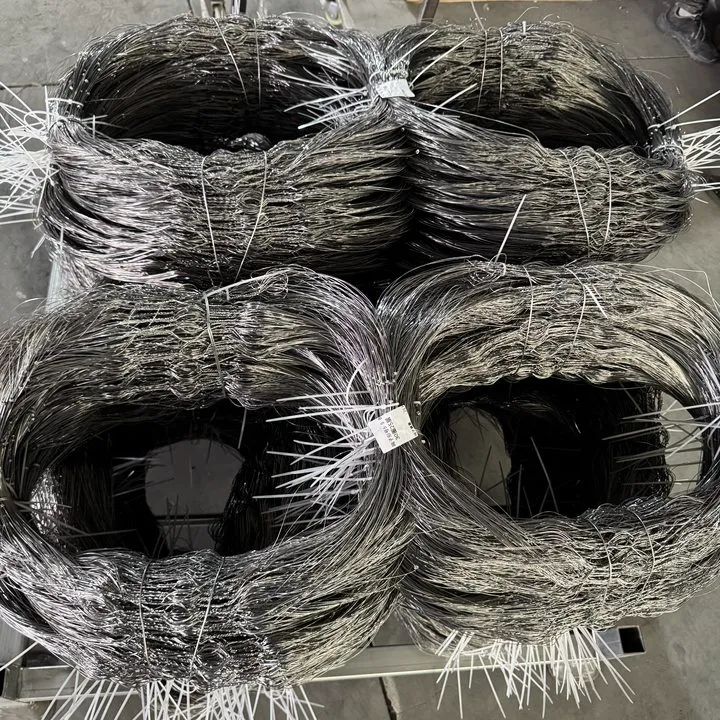

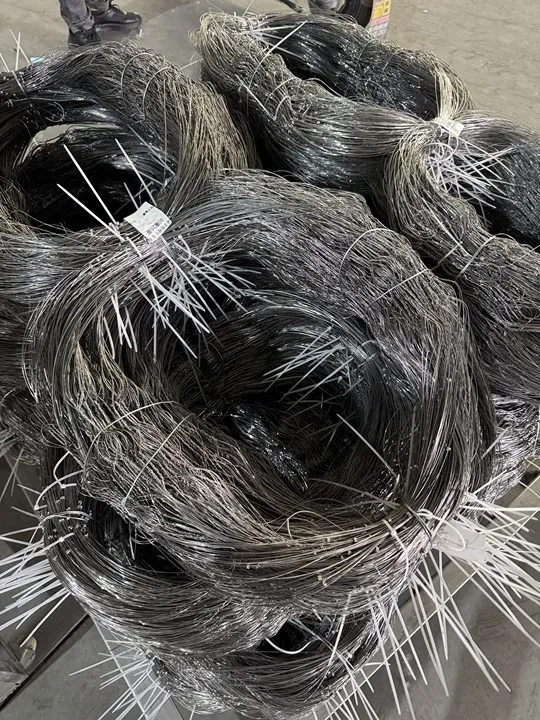
Related Products
Related News












